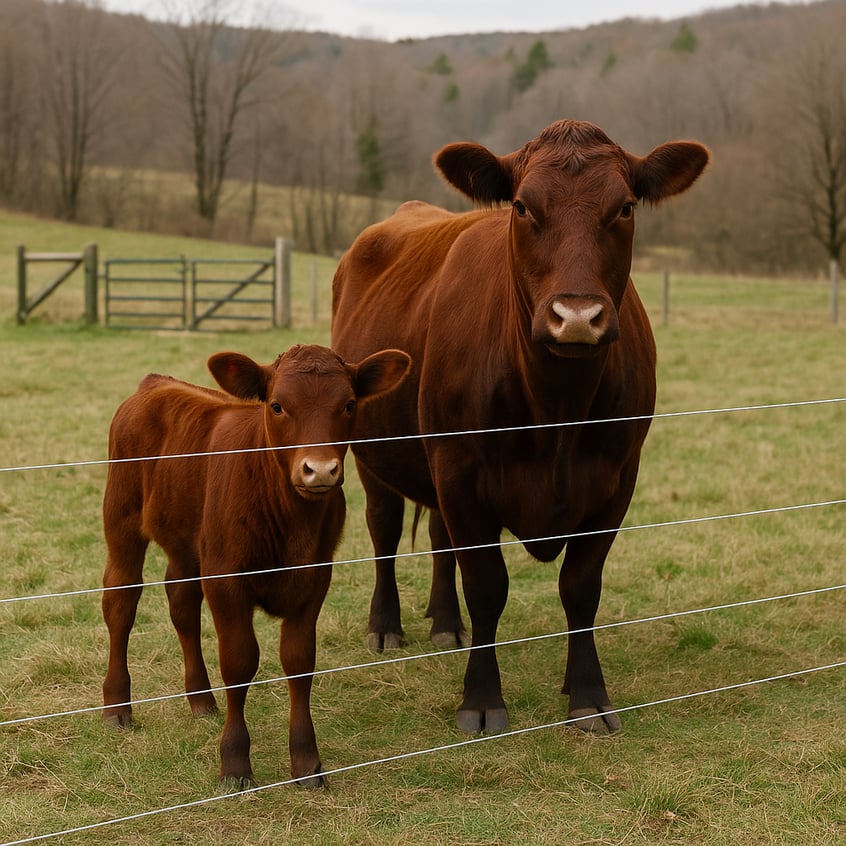Silencing the Noise in the Woods
Friends Jerry and Ramona used to do a great deal of camping with friends in Texas. Then, along came another friend. It took this friend Dave coming along, to cause a significant shift in the sleeping arrangements.
A Night in the Woods
They arrived by noon that Autumn day, unpacked the car, and set up camp. Then, off to the lake for kayaking. They had a merry afternoon exploring the lake’s nooks and crannies. Once back at camp, they began preparations for a simple chili and cornbread dinner. Everyone was ready for sleep after a few rounds of songs by the campfire. Ahh… falling asleep to the sound of crickets is delightful.
And then it happened. A noise so loud it awakened and scared Ramona. “What is that noise?” she declared to her sleeping husband.
“I don’t know,” uttered a sleepy Jerry.
“Well, get up and find out!” demanded Ramona.
Jerry got to his feet and poked his head outside the tent. The noise was coming from the tent next door. Puzzled, he walked over and tapped on the tent. No answer. He tapped harder. No answer. Then he called out Dave’s name. Finally, the zippered door opened, and out stepped Dave.
“What’s the matter, Jerry?” asked a bewildered Dave.
“What’s that noise in your tent?” asked Jerry.
“A generator,” replied Dave.
“A generator? Why, on earth, are you using a generator?” quizzed Jerry.
“To power my CPAP machine,” Dave responded. (CPAP: Continuous Positive Airway Pressure, treats sleep-related breathing disorders including sleep apnea)
Jerry returned to his tent and wife and gave her the information she had wanted. “Now, go back to sleep, Ramona.”
“Are you kidding me? You think for one minute that I can sleep with that blasted noise next door?” squawked Ramona.
Ramona marched her petite self over to Dave’s tent and informed him that he needed to move his tent far away from theirs. Dave obliged her and relocated a grand distance away.
Back in her tent, Ramona settled into her sleeping bag and fell fast asleep. Now she laughs when she tells the story, but that was a night from hell, she says!
Fencing Solutions
Well, a fence wouldn’t help in that situation unless it was a noise-blocking fence. Maybe that would deafen the noise some. There must be other alternatives for CPAPs in the woods. Write to me and let me know!
Check out Louis Page for fantastic fence solutions! We've got the best.
Kind Regards,
Debbie Page
CEO, Louis E. Page Inc – Woman-owned business and Family-owned since 1893. (It adds up to over 131 years owned and run by our family. Think about it: Nobody stays around in business that long without really supporting customers so they want to come back!)
P.S. Let’s find the perfect fencing solution for your needs!










